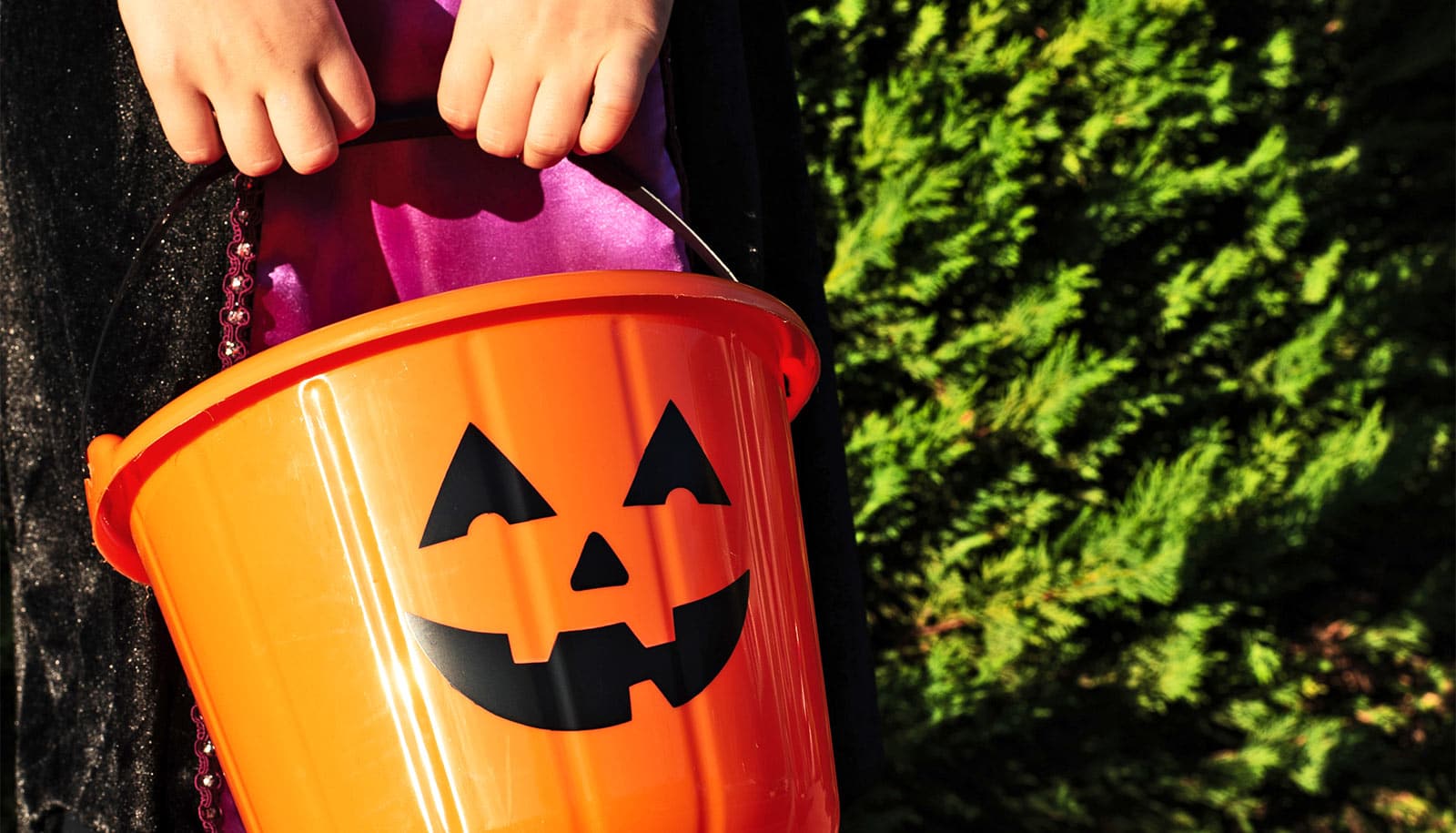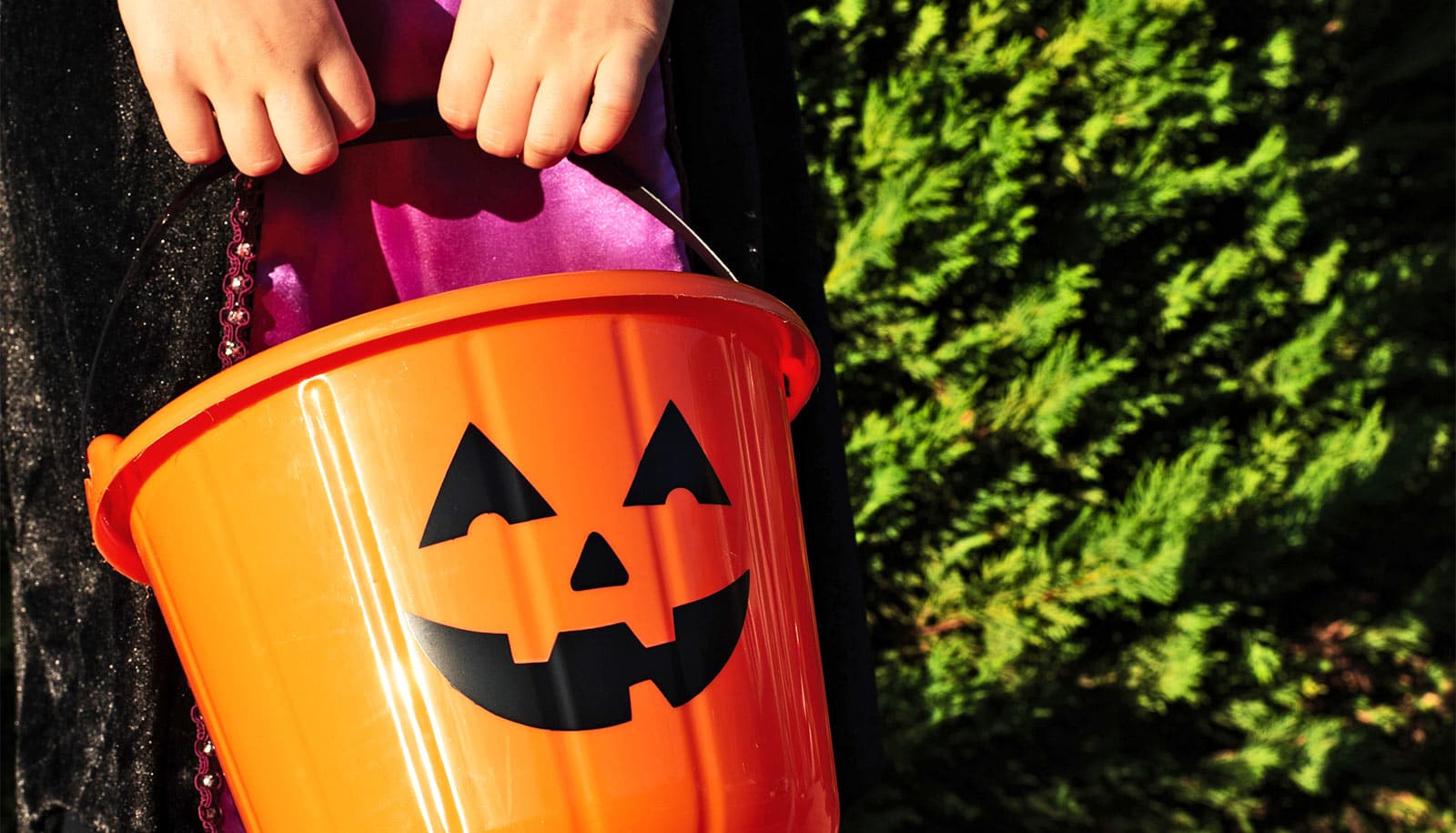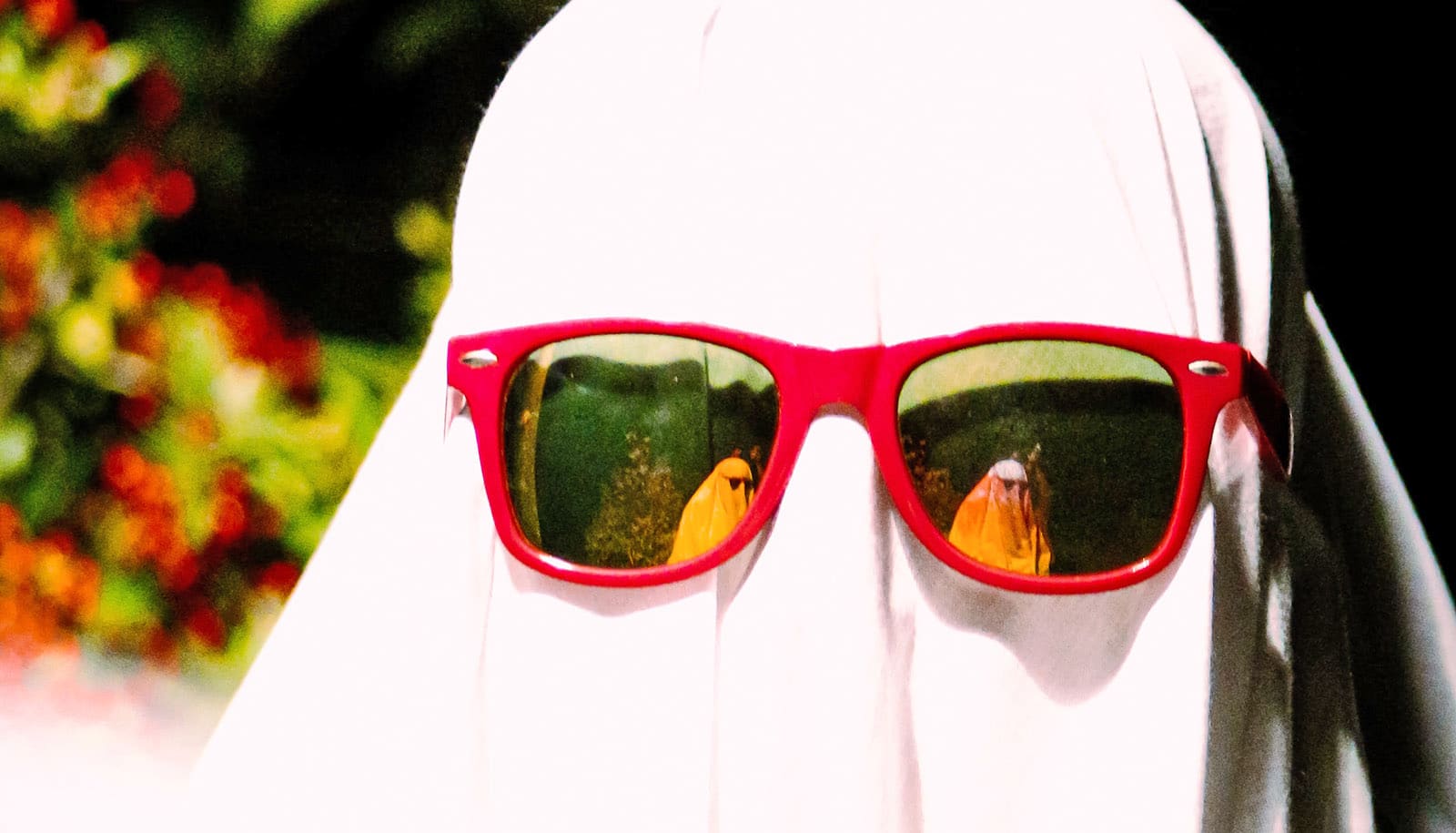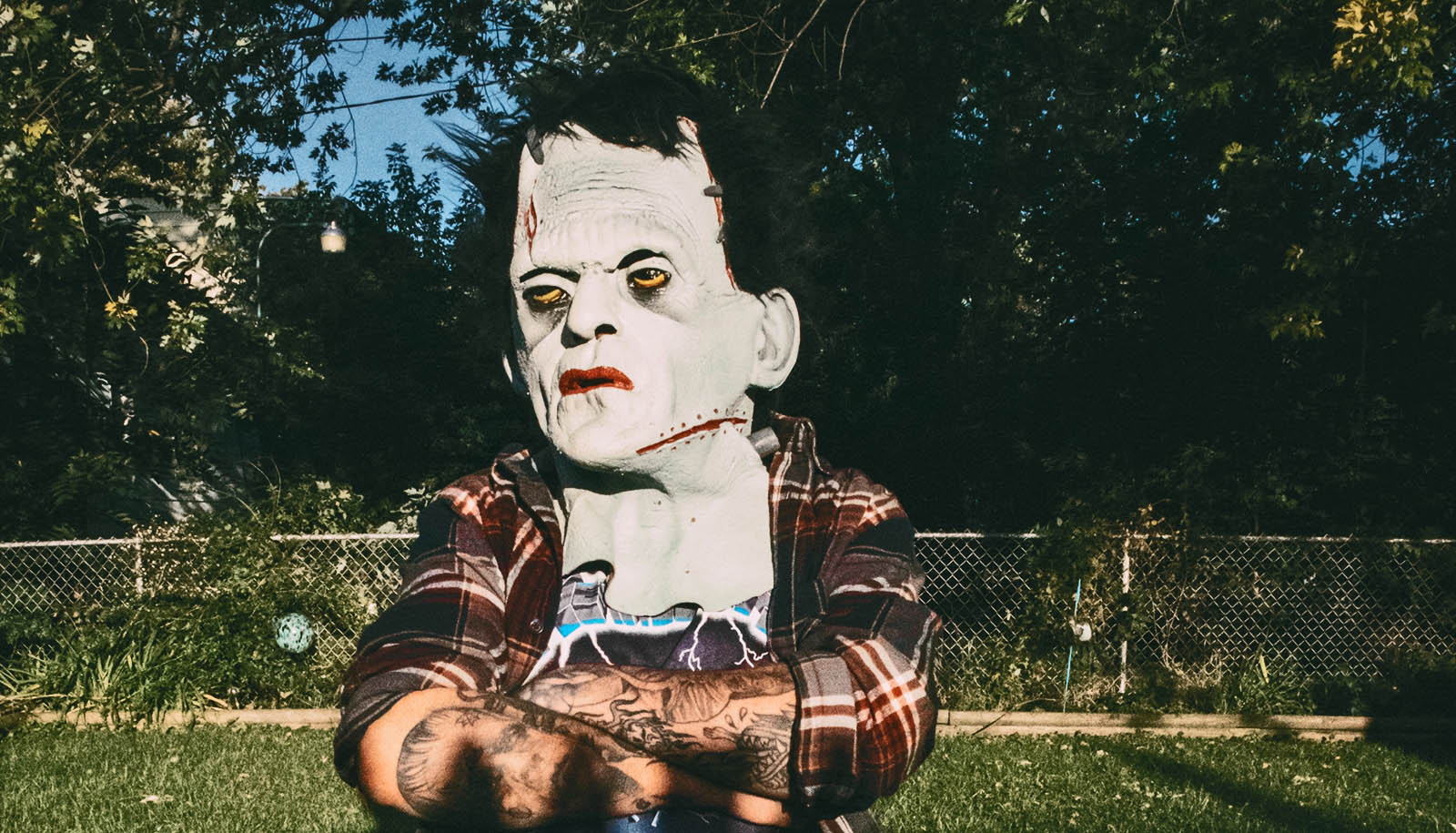The season of spooks and costumes is almost here, but how did the Halloween holiday become what it is today?
Today’s Halloween originated from early Pagan and Celtic traditions involving costumes and feasts.
At that time, there was a common belief in the existence of the barrier of worlds, which separated the living world from the world of spirits. Monsters, spirits, and fairies were believed to come out on the night of October 31. The night was known as All Hallows Eve.
Here, Jennifer Nardine, a teaching and learning liaison librarian at Virginia Tech, dives into the history of Halloween:
What role did costuming play in the celebration of All Hallows Eve?
Traditionally, costumes were used on All Hallows Eve as a protection from evil. Parents would dress up their children in hopes that evil beings, spirits, or fairies wouldn’t recognize them and steal the children away.
What brought the cultural celebration of All Hallows Eve to the Western world?
Pagan and Druidic traditions started in the Western world, primarily in Europe. When Europeans came to the US, travelers who still secretly held to the pre-Christian traditions and beliefs were among those who immigrated.
What was the purpose of the holiday of All Saints Day, celebrated on November 1?
All Saints Day was a Christian holiday with feasting to celebrate saints, martyrs, and others who had died. It was partially used as a replacement for the Pagan holiday so folks would still have a celebration, but it was Christianity-focused.
Throughout history, how did All Hallows Eve evolve into a modern-day celebration of Halloween?
As people lost belief in spirits, fairies, etc., the festivities shifted from an event based in beliefs to a fun celebration. It evolved into a day to go out and enjoy fall before it became too cold and to interact with neighbors as a community, especially on behalf of kids.
Trick-or-treating came from the older tradition of leaving food outside the door overnight for any spirits who came by.
Do you know when the name changed to Halloween?
The word Halloween is a Celtic or Gaelic word for Holy Day, and it started evolving when All Saints Day took the place of All Hallows Eve.
How has the message behind the celebration shifted as the holiday has modernized?
Dressing up and celebrating with food and drink seem the most prevalent ways to celebrate these days. People can become whoever they want to for a day/night without the same repercussions they’d meet on other days. It’s a chance to play, to socialize, and use the imagination as adults in a society that generally expects us to act grown up.
Does the original meaning behind All Hallows Eve have an impact on the holiday as we know it today? What traditions still hold value?
Since most people are unlikely to know what hallows are, I don’t think it has much effect other than indicating that it’s been around for a long time. Lots of the traditions still exist though—dressing up, talking about ghosts being able to cross over on the night of October 31, bonfires are often popular, and the food and drink go back to the original festival, which was part harvest festival with feasting.
Source: Virginia Tech



